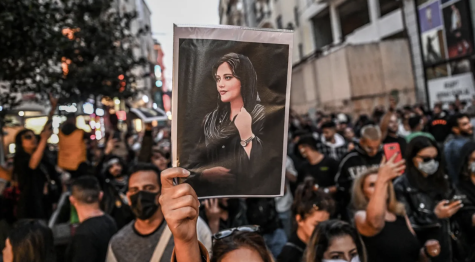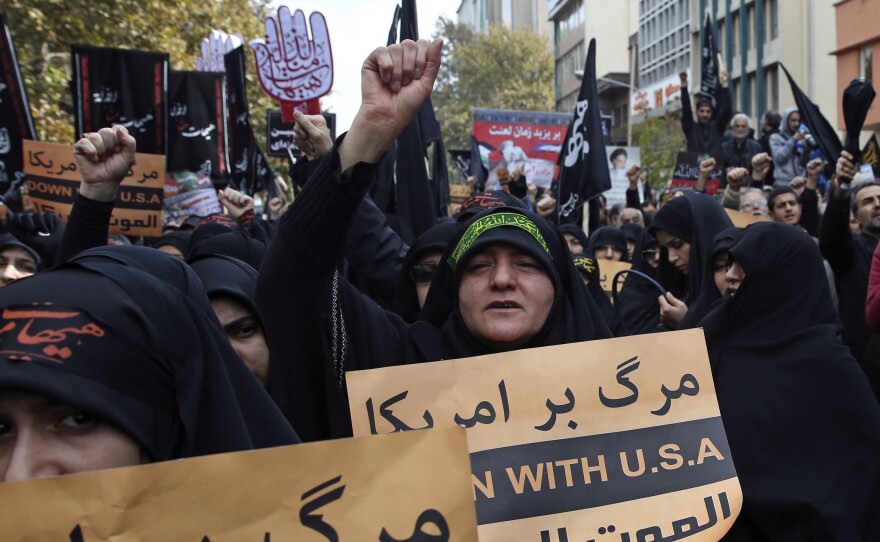Mahsa Amini and the Women’s Rights Crisis in Iran
October 20, 2022

The history of women’s rights in Iran is a long and complicated one. From the early to late 20th century, there was advancement for gender equality. However, in 1979, during the Iranian Revolution, women’s rights in Iran endured extreme setbacks due to the conservative standards set in by Ayatollah Khomeini. Iran enforced strict laws and punishments regarding Islamic dress codes. The government doesn’t tend to violence and sexual assault against women. Instead of proper help and justice, women experience punishment and, in some cases, execution.
Mahsa Amini, a 22-year-old from Iran’s Kurdistan region, died in custody after she was detained last month by police in Iran’s capital, Tehran, for defying the country’s strict dress codes by failing to wear her hijab correctly. Police said Amini died due to health problems, but her family has stated that witnesses told them that she had faced police brutality and had been attacked. They have complained about the way investigations have been managed. Police have denied all of these claims and insist that her death was health-related. Nika Shakarami, 16, went missing in Tehran on the 20th of September after telling a friend she was harassed by police. Relatives in Iran have been forced into making false statements.
The death of Mahsa Amini reached the public and protests against the gender apartheid regime began in mid-September, just days after Amini died. Videos have shown young women cutting their hair and taking off their hijabs in schools and on the streets. In a city outside Tehran, school girls chased an education official sent by the IRGC(Islamic Revolutionary Guard Corps) out of their school.“If we don’t unite, they will kill us one by one,” teenage schoolgirls in Karaj shouted in one video. Since the protests began, police have met these crowds armed with batons, guns with metal pellets, and tear gas. There are around 600 arrests and Iran’s state-run media said that at least 17 people have been killed, but human rights assemblies say the amount of death is likely much higher. These protests have reached international attention and this has opened a window to possibly help women and girls in Iran.
How to help:
- Share awareness
- Talking with others, reposting protests on social media, DON’T make yourself the center of attention, keep the focus on amplifying Iranian voices.
- Organize or attend protests
- Look for rallies in your city or organize one
- Contact your representatives/leaders
- Ensure your state or city government leaders speak against the Islamic human rights violations
These methods have been proven effective because previously there was a case in Iran of people being wrongly held for death sentences. Due to international attention, the sentence was reduced to only time in prison. With your help and others, the women’s rights crisis in Iran can be assisted.



